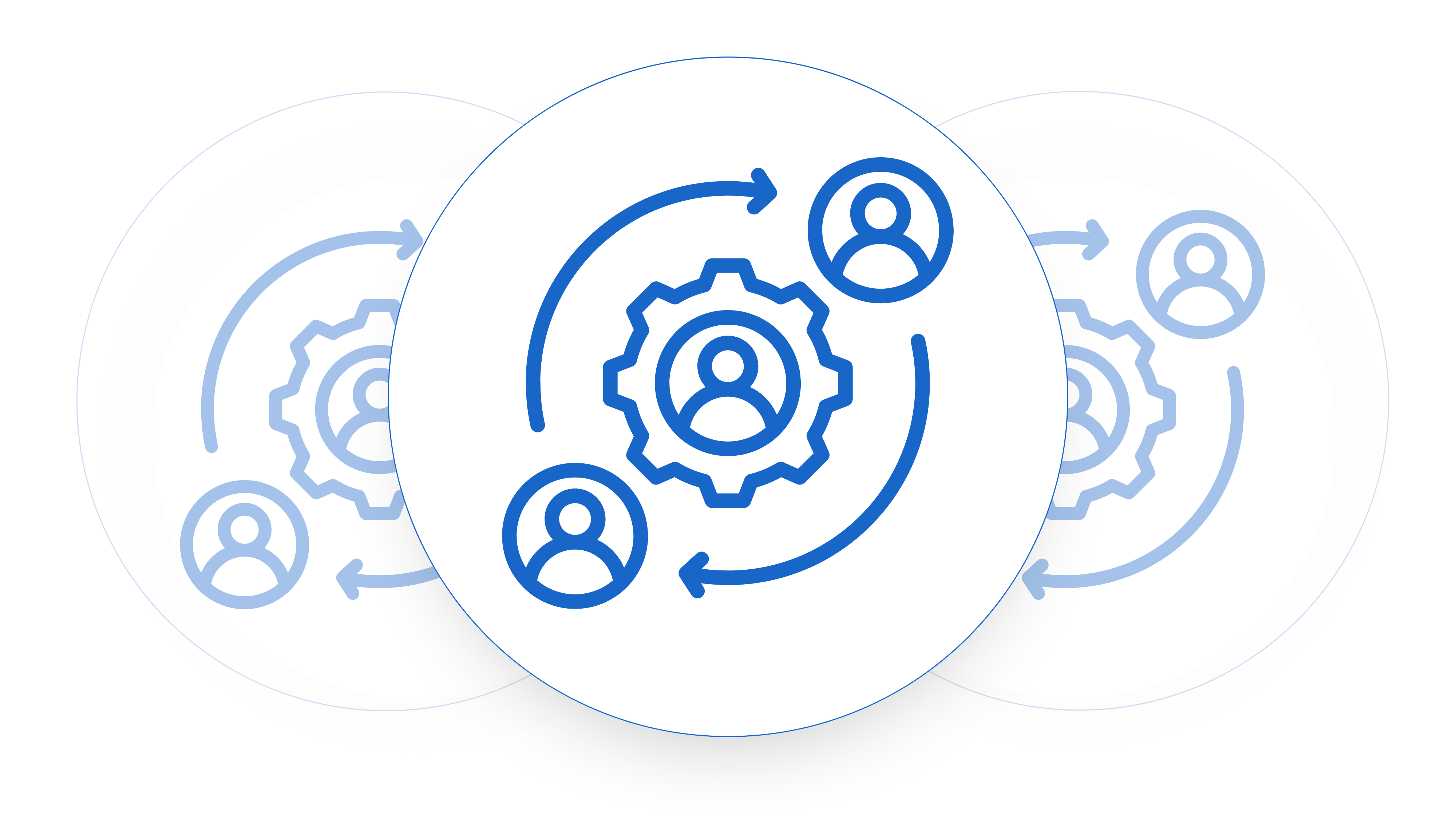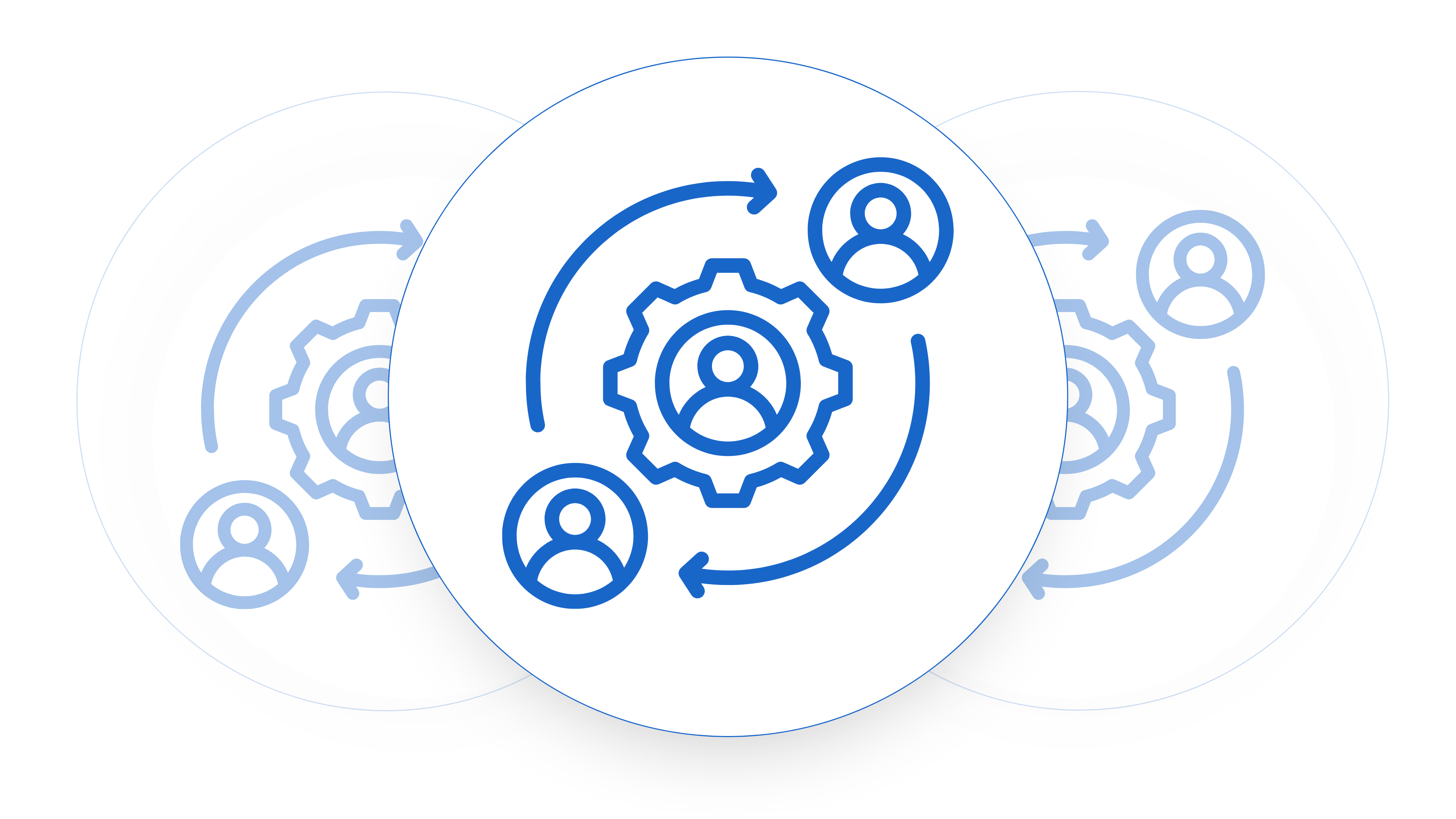Starting a new business is often said to be an exhilarating journey filled with excitement – said no one who’s ever created a business, ever. Starting a new business is, to paraphrase a certain electric car maker – like staring into the void while chewing glass. Great fun. If you’ve this this far you might be asking ‘how do I get my first customers for my startup?’ And to be honest this is one of the most exciting milestones for any startup. It makes things feel validated, like you’re going in the right direction. After the first customer it’s only a thousand more customers to go to hit your goals, he says sarcastically. These early adopters not only provide valuable feedback but also validate your business idea and pave the way for future growth. Since it’s something that everyone struggles with here are some actionable strategies on how to effectively attract and retain your first customers for your startup.
Understanding Your Target Audience
Before diving into marketing tactics, it’s essential to have a clear understanding of your target audience. Who are they? What are their pain points? What solutions are they currently using? By defining your ideal customer profile and conducting thorough market research, you can tailor your marketing efforts to resonate with your target audience.
Often a startup founder will have industry experience or know the industry they are building for well so that they can use their experience and connects to flesh out what the target audience needs.
Creating a Compelling Value Proposition
Once you understand your target audience, you need to craft a compelling value proposition that clearly communicates the problem you solve and the unique benefits of your product or service. Your value proposition should differentiate you from competitors and address the needs of your target market effectively. There is obviously a lot of AB testing that goes into this, so be scientific about it.
Building an Online Presence
In today’s digital age, having a strong online presence is most likely essential for any startups success. Start by developing a website that shows off what you’re looking to sell but also one that provides something of value to your potential customers. Additionally, leverage social media platforms to engage with your audience, share updates, and build brand awareness. One of the things to be aware of these days is a new wave of marketing on social media where founders are the face of their companies and are a lot more vocal on an individual level.
Networking and Building Relationships
Networking plays a significant role in acquiring your first customers. Attend industry events, conferences, and networking meetups to connect with potential customers, partners, and mentors. Similarly, join relevant online communities where your target audience hangs out and actively participate in discussions to establish credibility and trust.
Redline What Matters
Raise Changes For Approval To Turnaround Contracts Faster
Utilizing Content Marketing
Content marketing is a powerful strategy for attracting and educating potential customers. Create valuable content such as blog posts, videos, or infographics that address the pain points of your target audience and provide solutions. Distribute your content through various channels, including your website, social media, and email newsletters, to reach a wider audience.
Four of the core pillars of content marketing that you should get familiar with are:
Content Creation
The day to day of content creation can be painfully dull and it takes a long time to get results. These days there are a number of AI tools that create content for you. The many that we thought we’d be smart and tried pumped out utter garbage on repeat when we tried to do anything at scale, but please prove us wrong and let us know.
The key with content creation is to make it engaging and useful for your audience. Will it be something that they are searching for and if it is does it then prompt them to take the next action.
Backlinking
Backlinking can be one of the hardest things to do for your startup. Getting other websites to link to your content will most definitely help you gain more traffic. But it’s also hard to convince them to so. Your best beat is to create something that people want to share.
Technical SEO
These days technical SEO is very much focused on page speed. It’s a tough thing to get right and a constant battle to ensure you’re not creating an overly complex marketing website. Our advice is to bring in the experts on this one.
Offering a 30 Day Free Trials or Freemium Tier
One effective way to acquire your first customers is by offering free trials, a freemium tier or giving away samples of your product or service. Allowing potential customers to experience firsthand the value you provide can significantly increase conversion rates. Collect feedback and testimonials from trial users to further validate your offering and build social proof.
Implementing Referral Programs
Let’s be honest, if a friend refers a product to you then you are much more likely to look at it then you are from just marketing alone. Using the power of word-of-mouth marketing by implementing referral programs will help to supercharge your business growth. Encourage early customers to refer friends, family, or colleagues to your business by offering incentives such as discounts or rewards. Track and reward successful referrals to incentivize ongoing advocacy and loyalty.
Engaging in Direct Outreach
When it comes to early stage startup marketing don’t be afraid to reach out directly to potential customers via email or LinkedIn. Personalize your outreach efforts by addressing recipients by name and highlighting how your product or service can address their specific needs or pain points. Building genuine relationships through direct communication can lead to valuable connections and conversions.
Participating in Beta Testing Programs
Beta testing programs offer an excellent opportunity to acquire early adopters and gather valuable feedback. Offer select customers early access to your product or service in exchange for their feedback and insights. Use beta testing as a way to refine your offering and identify areas for improvement before the official launch.
Providing Exceptional Customer Service
Exceptional customer service is key to retaining your first customers and fostering long-term relationships. By prioritizing customer satisfaction and addressing inquiries promptly, resolving issues effectively, you’ll be going above and beyond to exceed expectations. There are plenty of early stage startup tools that will help you do this. Happy customers are more likely to become repeat buyers and brand advocates.
Analyzing and Optimizing Strategies
Track key performance indicators such as website traffic, conversion rates, and customer acquisition costs to measure the effectiveness of your marketing strategies. Analyze data insights to identify what’s working well and what needs improvement, then adjust your tactics accordingly to optimize results. You can also start to work on your sales strategies and how sales will work in your business.
Patience and Persistence
Acquiring your first customers is a process that takes time, patience, and persistence. Understand that success doesn’t happen overnight and be prepared to iterate on your strategies as you learn and grow. Stay resilient in the face of challenges and keep pushing forward towards your goals.
Celebrating Milestones
As you start to get your first customers and achieve milestones along the way, take the time to celebrate and acknowledge your accomplishments. Share your achievements with your audience through press releases, social media posts, or blog updates. Milestones not only provide opportunities for publicity but also boost morale and momentum within your team. As you grow this milestones will grow with you and you’ll be able to look at the next steps, like expanding your startup internationally.
Getting your first customers for your startup is an exciting yet, sometimes, absolutely exhausting thing to do. By understanding your target audience, crafting a compelling value proposition, and implementing effective marketing strategies, you can attract and retain early adopters who will help fuel your growth. Remember to stay patient, persistent, and customer-centric as you navigate the journey of startup success.
FAQ’s
Acquiring the first customers can vary greatly depending on various factors such as industry, target market, and marketing strategies. It’s essential to focus on building relationships and delivering value rather than rushing the process.
While having a marketing budget can certainly help, it’s not necessarily a requirement. Many startups have successfully acquired their first customers through organic channels such as networking, content marketing, and word-of-mouth referrals.
Customer feedback is invaluable in refining your product or service offering and addressing the needs of your target market. By actively listening to feedback and iterating based on customer insights, you can enhance the customer experience and attract more customers.
racking and measuring the effectiveness of marketing strategies are essential for optimizing performance and allocating resources efficiently. By analyzing key metrics, you can identify what’s working well and where adjustments are needed to achieve better results.
If your initial marketing efforts don’t yield the desired results, don’t be discouraged. Instead, use it as an opportunity to learn and iterate. Experiment with different strategies, solicit feedback from customers, and be willing to adapt and pivot as needed to find what works best for your startup.












